MORE IMPORTANT INFORMATION ABOUT YOUR TRAVEL TO Brussels Zaventem Airport
Brussels (French: Bruxelles [bʁysɛl] or [bʁyksɛl]; Dutch: Brussel [ˈbrʏsəl]), officially the Brussels-Capital Region (French: Région de Bruxelles-Capitale; Dutch: Brussels Hoofdstedelijk Gewest), is a region of Belgium comprising 19 municipalities, including the City of Brussels, which is the capital of Belgium. The Brussels-Capital Region is located in the central portion of the country and is a part of both the French Community of Belgium and the Flemish Community, but is separate from the Flemish Regio
Source:
WikipediaADDITIONAL INFORMATION ABOUT Brussels Midi South
Brussels (French: Bruxelles [bʁysɛl] or [bʁyksɛl]; Dutch: Brussel [ˈbrʏsəl]), officially the Brussels-Capital Region (French: Région de Bruxelles-Capitale; Dutch: Brussels Hoofdstedelijk Gewest), is a region of Belgium comprising 19 municipalities, including the City of Brussels, which is the capital of Belgium. The Brussels-Capital Region is located in the central portion of the country and is a part of both the French Community of Belgium and the Flemish Community, but is separate from the Flemish Regio
Source:
WikipediaImages of the trains for your trip

Where Can You Travel With Us?
TAKE A LOOK AT OUR MAP
France
Italy
Netherlands
Luxembourg
Austria
Germany
Belgium
Switzerland
Denmark
Sweden
Norway
Hungary
Czech
Ukraine
China
Active
France, Italy, Netherlands, Luxembourg, Austria, Germany, Belgium, Switzerland, Denmark, Sweden, Norway, Hungary, Czech, Ukraine, China
Upcoming
USA, Canada, Spain, Poland, Japan

Other Train Trips From Brussels Midi South:

Brussels Midi South to Lot

Brussels Midi South to Trois Ponts

Brussels Midi South to Brussels Luxemburg

Brussels Midi South to Roeselare

Brussels Midi South to Theux

Brussels Midi South to Oudegem

Brussels Midi South to Oud Heverlee

Brussels Midi South to Rhisnes

Brussels Midi South to Oostende

Brussels Midi South to Hillegem

Brussels Midi South to Bas Oha

Brussels Midi South to Terhagen

Brussels Midi South to Zele

Brussels Midi South to Gavere

Brussels Midi South to Nimy

Brussels Midi South to Rebaix

Brussels Midi South to Schellebelle

Brussels Midi South to Antwerp

Brussels Midi South to Uccle Calevoet

Brussels Midi South to Statte

Brussels Midi South to Izegem

Brussels Midi South to Peruwelz

Brussels Midi South to Trooz

Brussels Midi South to Spa

Brussels Midi South to Virton

Brussels Midi South to Remicourt

Brussels Midi South to Maria Aalter

Brussels Midi South to Oostkamp

Brussels Midi South to Neerwinden

Brussels Midi South to Jambes East
WHY YOU SHOULD TRAVEL BY TRAIN?
To travel from Brussels Midi South To Brussels Zaventem Airport, trains would be the best travel choice, for several reasons:
1
Eco-Friendly
Trains are the most environmentally-friendly way of transport to the EU Environment Agency. They are powered by electricity, which is renewable and has a low environmental impact.
2
Speed
Travelling by train is in most cases the fastest way to go from Rome to Milan. Trains usually travel at high speeds, making them the fastest way to get from one place to another.
3
Safety
Travelling by train is one of the safest forms of transport. Trains are heavily regulated and monitored, making them safer than other forms of transport.
4
Price
Travelling by train is often cheaper than other forms of transport, such as flying or taking a bus. Trains are often subsidized by the government, making them cheaper than other forms of transport.
5
Luggage
Travelling by train is a great way to transport luggage. Trains usually have plenty of space for luggage and they are usually safe and secure.
6
Time
Travelling by train is often faster than other forms of transport, such as driving or taking a bus. Trains usually travel at high speeds, making them the fastest way to get from one place to another.
7
Comfortability
Travelling by train is usually very comfortable. Trains usually have comfortable seating and plenty of legroom, making them a great way to travel.
8
Sleep
Travelling by train is a great way to get some sleep. Trains usually have comfortable seats and plenty of legroom, making them a great way to get some rest while travelling.
9
WIFI
This is not necessarily the most important when you travel since we prefer to tell you to enjoy your travel without your phones, but on trains, you can find WIFI onboard, so you remain connected to the internet if you choose to.
Popular Routes

Geneva Airport To Champery

Paris To London St Pancras International

Paris To Brussels Midi South

Bologna To Verona Porta Nuova

Ragusa To Naples

Amsterdam To Brussels Zaventem Airport

Nice Ville To Lyon Part Dieu

Amsterdam To Brussels

Liege Guillemins To Eupen

Zurich Airport To Lauterbrunnen

Rotterdam To Antwerp Berchem

Paris Charles De Gaulle CDG Airport To Nantes

Milan To Rome

Stuttgart To Basel

Frankfurt To Paris

Amsterdam To Boom

Bellinzona To Basel

Vienna To Budapest Keleti Palyaudvar

Bietigheim Bissingen To Nuremberg

Paris To Rome

Biarritz To Bordeaux Saint Jean

London St Pancras International To Amsterdam

Naples To Milan

Zurich To Basel

Frankfurt To Amsterdam
THESE ARE THE TRAIN OPERATORS WE WORK WITH




















